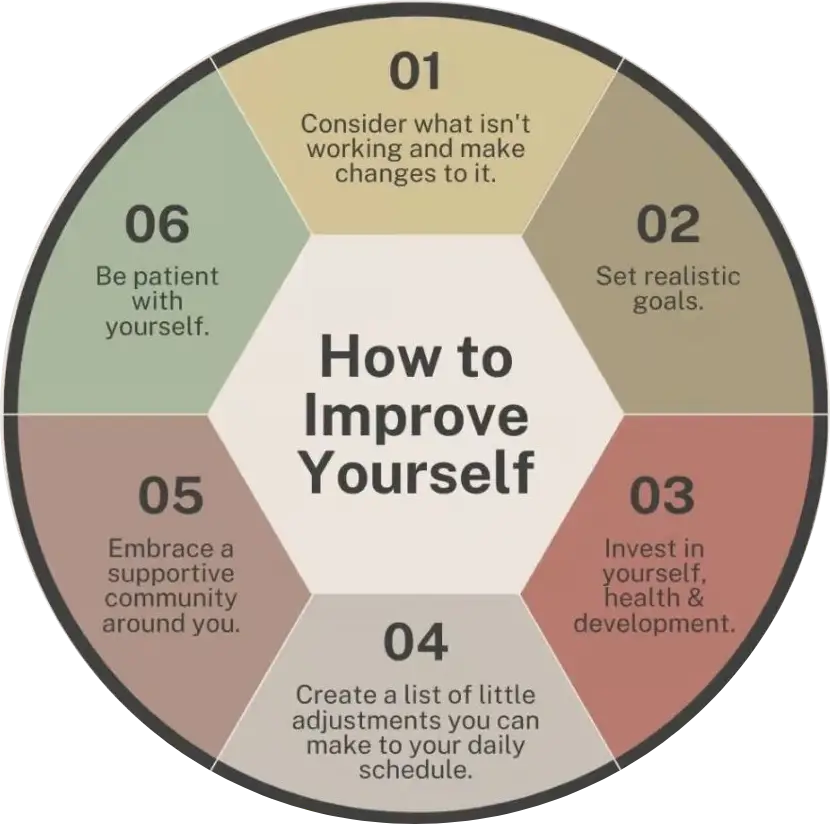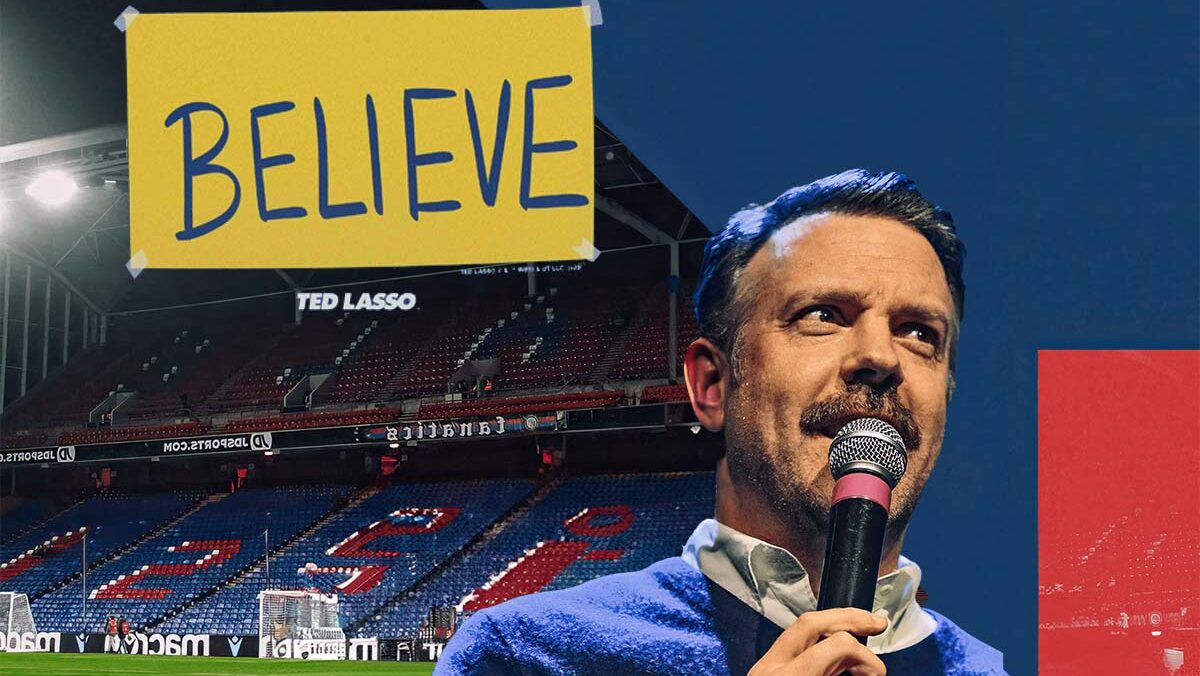The Ultimate Personal Growth & Mindset Blueprint: A Holistic Guide to Self-Improvement
Section 2: The Five Core Pillars of Personal Growth
Imagine your personal growth & mindset blueprint as a magnificent building. To stand tall and strong, it needs solid pillars to support its entire structure. These pillars represent the foundational elements upon which all other development is built. While the landscape of personal growth is vast and varied, encompassing countless aspects, we’ve identified five core pillars that are critical for laying a robust foundation. These five pillars are interconnected and interdependent, each playing a crucial role in your holistic self-improvement journey. One way to look at it is with 30 Strategies for Growth: https://uslifestyles.org/30-essential-strategies-for-personal-growth/

These five core pillars are:
- Mindset Architecture
- Emotional Intelligence
- Intentional Habit Systems
- Strategic Goal Architecture
- Resilience Building
Let’s explore each of these pillars in detail.
Pillar 1: Mindset Architecture
Keywords to include: mindset, personal growth, development
Mindset architecture is the bedrock of your personal growth & mindset blueprint. It’s about intentionally designing and building the mental frameworks that will support your journey of development. This pillar fundamentally revolves around understanding and cultivating a growth mindset, as popularized by Carol Dweck.
Growth Mindset vs. Fixed Mindset
As we touched upon earlier, Carol Dweck’s research distinguishes between two primary mindsets:
- Fixed Mindset: Individuals with a fixed mindset believe their qualities, intelligence, and talents are largely set in stone. They believe they are who they are, and that’s that. Challenges are often seen as threats because failure can be interpreted as a lack of inherent ability.
- Growth Mindset: In contrast, those with a growth mindset believe their abilities and intelligence can be developed through dedication, effort, and learning. They embrace challenges, view failures as learning opportunities, and persist in the face of setbacks.
The exciting news is that neuroscience has confirmed the principle of neuroplasticity – the brain’s remarkable ability to reorganize itself by forming new neural connections throughout life. This means your mindset isn’t fixed; it’s malleable, and you have the power to reshape it for personal growth.
Specific Mindset Shifts Required for Growth:
To build a strong mindset architecture, certain key shifts are essential:
- Embracing Challenges as Opportunities: Instead of viewing challenges as obstacles to be avoided, reframe them as chances to learn, stretch your abilities, and become stronger.
- Viewing Failure as Feedback, Not Finality: Failure is an inevitable part of the growth process. People with a growth mindset understand that failure isn’t a reflection of their inherent abilities, but valuable feedback that provides insights for future improvement.
- Prioritizing Learning Over Performance: In a fixed mindset, the focus is often on proving oneself and seeking validation. In a growth mindset, the emphasis shifts to learning, mastering new skills, and continuously expanding one’s knowledge and capabilities.
The Power of Metacognition
An integral part of mindset architecture is metacognition – simply put, thinking about your thinking. It involves becoming aware of your thought patterns, understanding how your mind works, and actively managing your cognitive processes. By practicing metacognition, you can identify limiting beliefs that might be holding you back and consciously transform them into empowering ones.
Start a “Mindset Journal.” Each day, jot down instances where you noticed yourself reacting with either a fixed or growth mindset. Analyze these situations and consciously plan how you can shift towards a growth-oriented response in the future.
Tony Robbins, a renowned personal development coach, emphasizes how profoundly mindset shifts can drive behavioral change. He argues that transforming your mindset is the critical first step towards significant personal growth and achieving your goals. For example, you can model Jim Carrey and Oprah: https://uslifestyles.org/jim-carrey-and-oprah/
“It is your decision, not your conditions, that determine your destiny.” – Tony Robbins
Exercise: Identifying and Transforming Limiting Beliefs
- Identify: Think about an area in your life where you feel stuck or are not achieving the results you desire. What beliefs do you hold about yourself and your abilities in this area? Write them down. Examples might include: “I’m not good at public speaking,” “I’m not disciplined enough to stick to a diet,” or “I’m not creative.”
- Challenge: For each limiting belief, ask yourself: Is this belief absolutely true? What evidence do I have that contradicts this belief? Are there any alternative perspectives?
- Reframe: Transform each limiting belief into an empowering growth-oriented belief. For instance, “I’m not good at public speaking” could become “Public speaking is a skill I can develop with practice and coaching.”
https://www.tonyrobbins.com/blog/how-to-create-personal-growth-plan
-

 Best Picks10 months ago
Best Picks10 months agoDriving Insurance: Get the Best Car Coverage Without Overpaying
-

 Best Rewards3 months ago
Best Rewards3 months agoBest rewards credit cards in 2025 for everyday use
-

 Personal Growth & Mindset1 year ago
Personal Growth & Mindset1 year agoTed Lasso Effect: 5 Goal-Setting Secrets You Must Know
-

 Career & Success1 year ago
Career & Success1 year ago30 Key Strategies for Growth: Mindset, Productivity & Wellness
-

 Personal Growth & Mindset1 year ago
Personal Growth & Mindset1 year agoMachado de Assis: This Viral TikTok Explains Why You Need to Read ‘The Posthumous Memoirs of Brás Cubas’ Now
-

 Career & Success12 months ago
Career & Success12 months agoChallenges of Not Having Goals: 5 tips to help you get started







